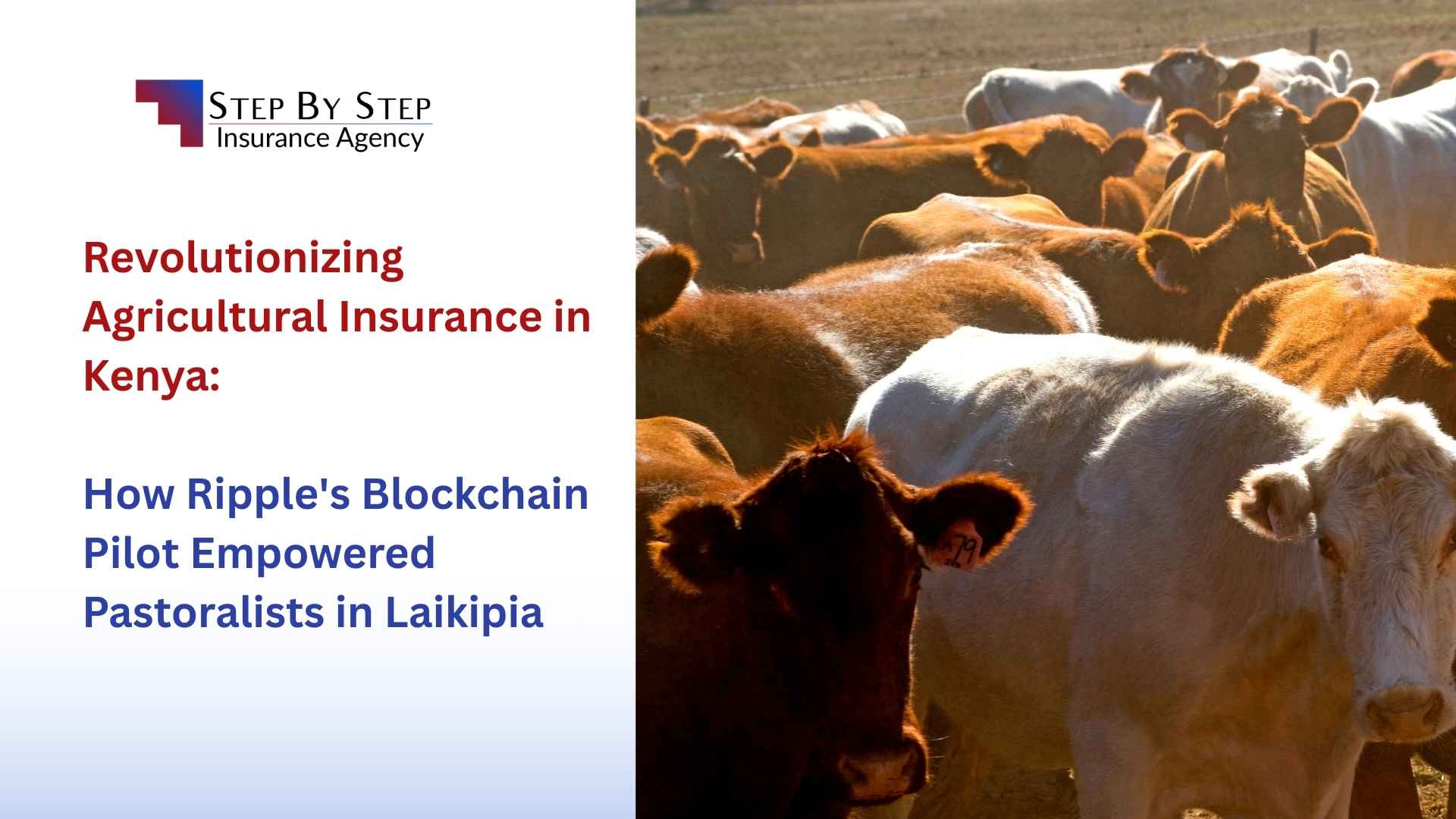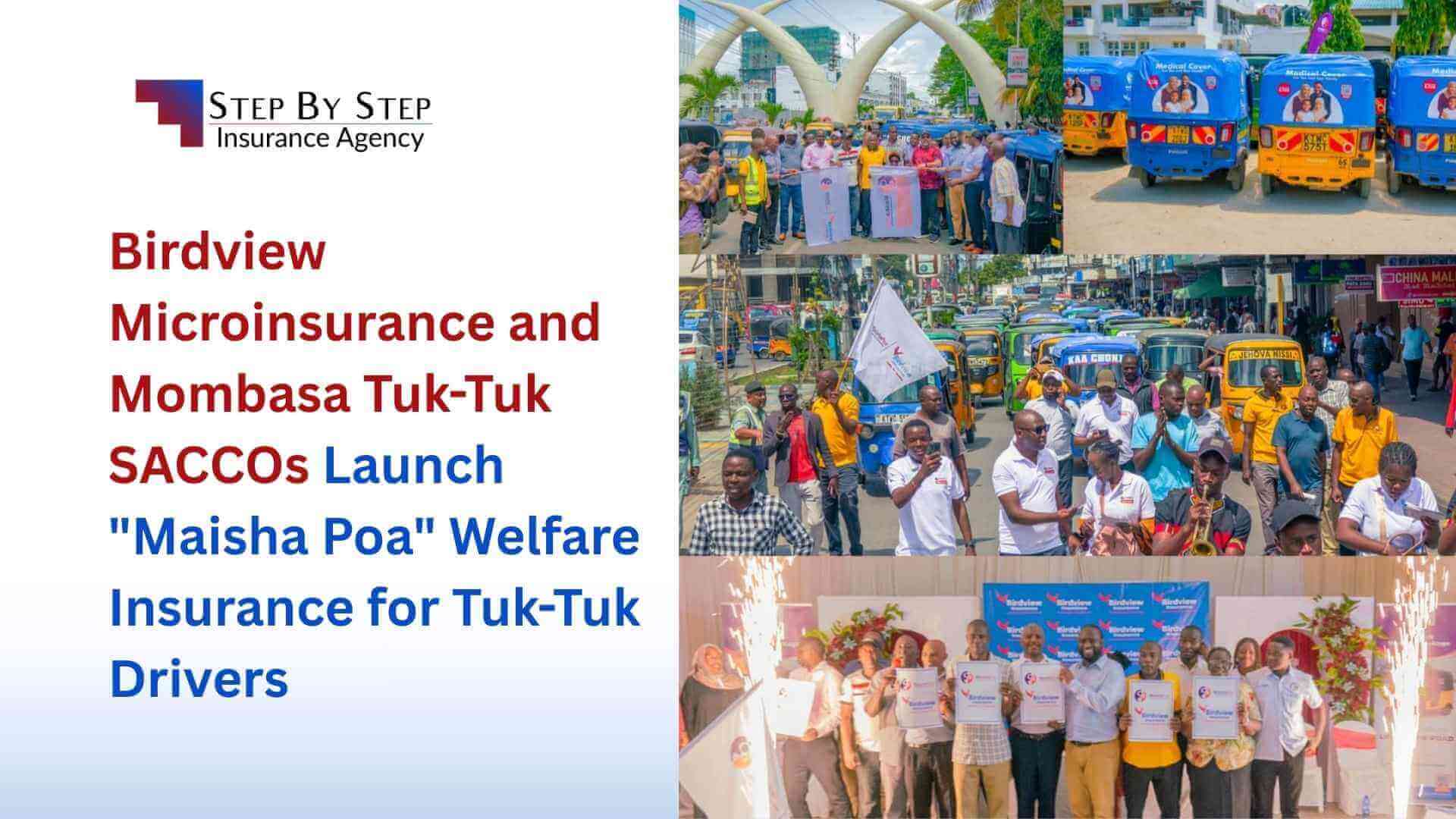Revolutionizing Agricultural Insurance in Kenya: How Ripple’s Blockchain Pilot Empowered Pastoralists in Laikipia
In Kenya’s arid and semi-arid landscapes, drought isn’t just a weather condition—it’s a recurring crisis. For pastoralist communities in places like Laikipia County, it’s a slow and brutal erosion of livelihoods, hope, and even identity. Livestock deaths, crop failure, and market instability ripple through families with terrifying speed, leaving little time to recover before the next dry spell.
Key Takeaways
- Automated relief: Blockchain technology enables instant payouts when drought conditions are detected
- Transparency: Smart contracts eliminate bureaucracy and build trust through verifiable transactions
- Pastoralist empowerment: Financial support arrives in 48 hours instead of weeks or months
- Scalable solution: The model can be replicated across drought-prone regions in Africa and beyond
- Dignity preserved: Timely assistance prevents distress sales of assets and maintains livelihoods
Table of Contents
- Context and Background: The Anatomy of a Crisis
- Inside Ripple’s Pilot Program: Tech That Talks to the Sky
- Impact on Pastoral Communities: More Than Just Money
- Innovations in Insurance Delivery: A Paradigm Shift
- Broader Implications and Scalability: Ripple Effects Across Africa
- Conclusion: Tradition Meets Innovation in the Climate Battle
Join Our Insurance Insights Community
Connect with experts and stay updated on the latest insurance innovations, trends, and opportunities in Kenya and across Africa. Share experiences and get your questions answered in real-time.
Join WhatsApp Group NowBut what if relief didn’t have to wait for government aid, NGO interventions, or lengthy insurance claims? What if payouts could be automatic, transparent, and triggered by satellite data rather than paperwork? That’s the vision Ripple brought to life with its drought insurance pilot program, harnessing the power of blockchain and smart contracts to reshape the future of agricultural risk management.
Let’s explore how this technological leap unfolded in Laikipia—and why it might just rewrite the playbook on climate resilience.
II. Context and Background: The Anatomy of a Crisis
Laikipia’s Vulnerability
Laikipia is home to thousands of pastoralist families who rely almost entirely on livestock for income, food, and social status. The county has endured repeated droughts, many of which have escalated into humanitarian emergencies. With minimal irrigation infrastructure and limited access to traditional insurance, pastoralists remain at the mercy of nature’s volatility.
Why Insurance Has Historically Fallen Short
Conventional agricultural insurance models often demand:
- Field verification of losses
- Formal documentation and receipts
- Waiting periods for assessments and approval
These requirements make insurance inaccessible for the very communities that need it most. Informal economies don’t generate receipts, and verifying losses can take weeks—especially in remote areas.
Enter Blockchain and Smart Contracts
Blockchain—a decentralized digital ledger—offers security, transparency, and automation. Smart contracts are self-executing agreements coded to trigger actions when certain conditions are met. For drought insurance, those conditions could be rainfall thresholds, satellite heat readings, or vegetation indices. No more delays. No more middlemen. Just instant relief when nature deals a cruel hand.
III. Inside Ripple’s Pilot Program: Tech That Talks to the Sky
Ripple’s Laikipia pilot was designed not just to innovate—but to solve real, on-the-ground problems. Here’s how it was structured:
Objectives
The goal was simple yet radical:
- Provide timely financial relief after drought events
- Use automated payout mechanisms driven by smart contracts
- Build trust through transparency and data integrity
Scope and Scale
The pilot ran for six months during Kenya’s long dry season, targeting over 1,000 pastoralists across four wards. Participants were enrolled through local cooperatives, which served as both outreach partners and feedback conduits.
Technology Stack
The system integrated:
- Satellite Data: Tracking rainfall, vegetation health, and ground moisture
- Smart Contracts: Written to initiate payouts once drought criteria were met
- Mobile Wallets: Enabling beneficiaries to receive funds directly on their phones
It wasn’t just blockchain for the sake of buzzwords. The tech was tailored for impact—bringing financial security to the fingertips of farmers hundreds of kilometers from urban centers.
IV. Impact on Pastoral Communities: More Than Just Money
Speed and Transparency
When rainfall dipped below the trigger threshold for 30 consecutive days, the system sprang to life. Funds hit mobile wallets within 48 hours—no forms to fill, no questions asked. This immediacy allowed families to:
- Purchase supplemental feed
- Transport animals to safer grazing grounds
- Offset income losses without borrowing or selling assets
Human Stories
Fatuma, a pastoralist in Rumuruti, shared:
“Before, we waited weeks and sometimes got nothing. Now, I see the drought coming and know something will come to help me. That makes me sleep easier.”
These stories were echoed across focus groups—participants felt empowered and supported, not dependent.
Psychological Uplift
The relief wasn’t just financial. It restored dignity. Knowing that someone—or something—is watching the skies on your behalf and will act automatically builds a sense of control and resilience.
| Article | Link |
|---|---|
| Crop Insurance for Smallholder Farmers in Kenya | Read Article |
| Protecting Kenya’s Informal Sector with Index-Based Insurance | Read Article |
| World Bank Disburses Sh1.4 Billion in Livestock Insurance | Read Article |
| Top 5 Farm Insurance Companies in Kenya | Read Article |
V. Innovations in Insurance Delivery: A Paradigm Shift
Let’s be real: traditional insurance can feel like a labyrinth. Ripple’s model bulldozed those barriers.
From Trust Deficit to Trust Dividend
Insurance uptake in Kenya has historically been low, partly due to mistrust. Many view insurers as slow to act and quick to deny claims. Blockchain flips the narrative:
- All transactions are visible on the ledger
- Payout logic is coded—no room for bias or manipulation
- Users can verify terms and conditions themselves
When transparency becomes a feature—not a promise—trust follows.
Real-Time Response vs Bureaucracy
By leveraging real-time satellite inputs, the program sidestepped the bottlenecks of field assessments. Imagine this: while a conventional insurer deploys a team to count dead livestock, a smart contract disburses funds based on drought data verified by multiple satellite nodes. Efficiency meets empathy.
VI. Broader Implications and Scalability: Ripple Effects Across Africa
Replicability Potential
Kenya isn’t the only country grappling with erratic climate patterns. Ripple’s model is scalable to:
- The Sahel region, where desertification threatens livelihoods
- Southern Africa, which is seeing increasingly unpredictable rain cycles
- Southeast Asia, for rice farmers impacted by monsoonal shifts
The common denominator? Communities in need of fast, fair, and tech-driven insurance solutions.
Role of Partnerships
Ripple didn’t go it alone. Its success hinged on:
- Local cooperatives for mobilization and trust-building
- Satellite providers for climate data
- Mobile operators for wallet integration
- Regulatory bodies for oversight and legal clarity
This mosaic of collaboration illustrates how public-private partnerships are crucial in scaling fintech for good.
Regulatory Evolution
As models like Ripple’s gain traction, regulators must adapt:
- Define legal status of smart contracts
- Ensure data privacy and protection
- Create sandboxes for pilot testing
Kenya’s forward-thinking Insurance Regulatory Authority (IRA) has already begun exploring frameworks to accommodate parametric and blockchain-based insurance products.
VII. Conclusion: Tradition Meets Innovation in the Climate Battle
In a world tilting ever more toward climate volatility, traditional solutions won’t cut it. Ripple’s drought insurance pilot in Laikipia wasn’t just a test—it was a tectonic shift in how we think about risk, relief, and resilience.
It showed that pastoralists don’t need to be passive victims of weather patterns. With the right tools—ones built on transparency, automation, and empathy—they can prepare, respond, and rebuild faster than ever before.
This pilot didn’t just deliver payouts; it delivered dignity. And in doing so, it created a roadmap for other regions, sectors, and innovators who believe that tech should serve not just the powerful, but the vulnerable too.
Further Reading
- Crop Insurance for Smallholder Farmers in Kenya: Eligibility, Benefits, and How to Apply
- Securing Kenya’s Economic Backbone: How Index-Based Insurance Protects the Informal Sector
- World Bank Disburses Sh1.4 Billion in Livestock Insurance Payments to Kenyan Farmers
- Top 5 Best Farm Insurance Companies in Kenya: Find the Right Coverage for Your Needs
Get Expert Insurance Guidance
Have questions about agricultural insurance? Need help finding the right coverage for your farm or livestock? Our insurance specialists are ready to assist you.






